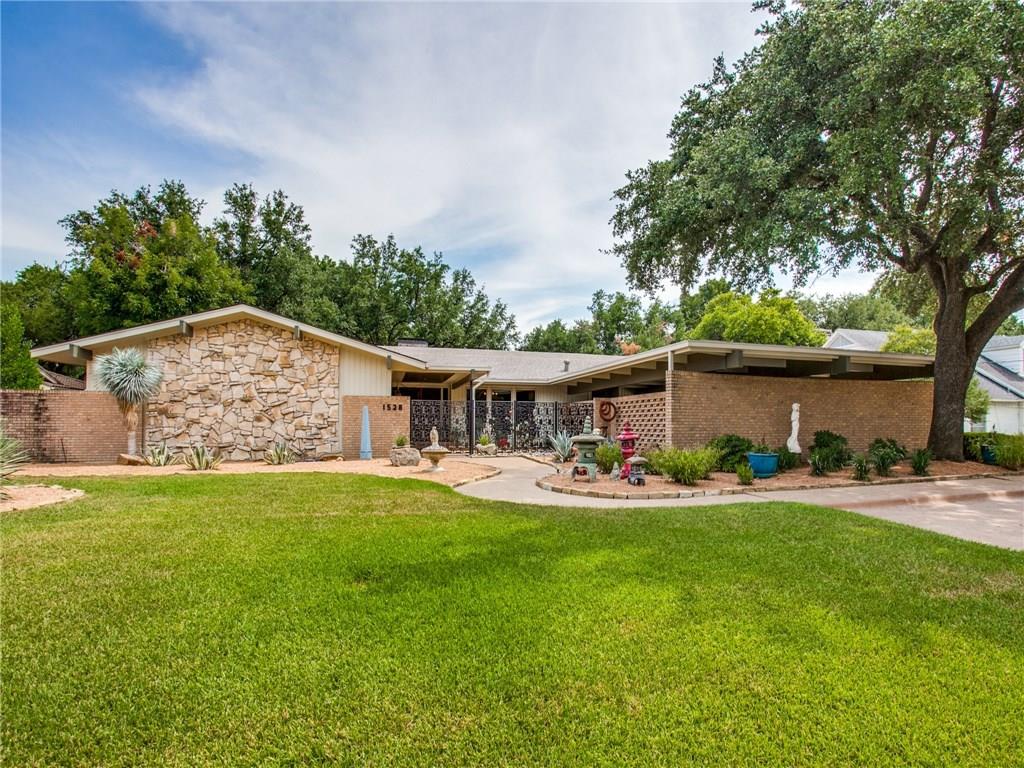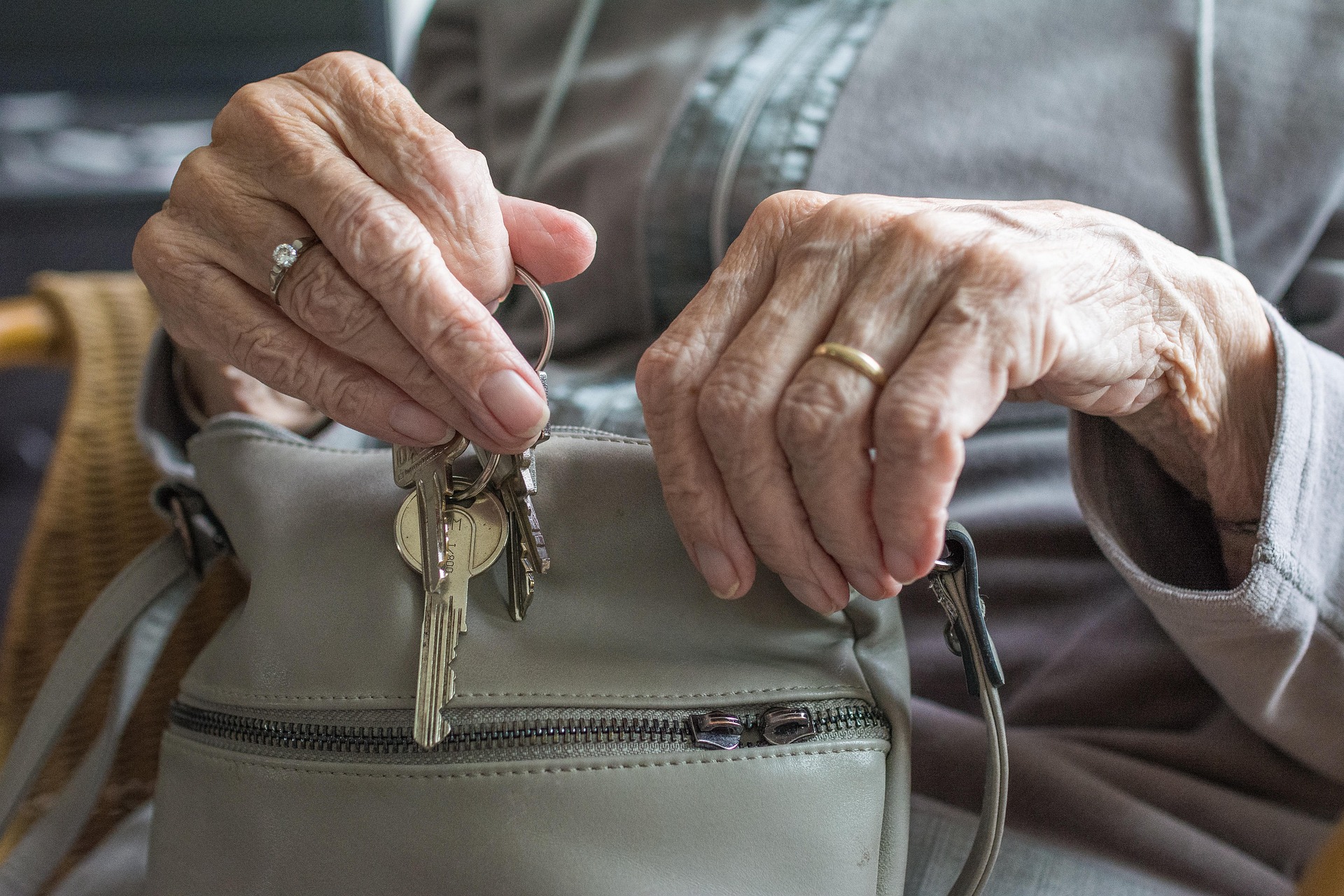Choose Your Circle, Choose Your Home
There’s a saying that’s been echoing in my mind lately:
“If you surround yourself with five ambitious people, you’ll be the sixth.
If you surround yourself with five kind-hearted people, you’ll be the sixth.
If you surround yourself with five creative thinkers, you’ll be the sixth.
If you surround yourself with five lazy people, you’ll be the sixth.
The people around you shape your mindset, your habits, and ultimately, your destiny.
Choose your circle wisely.”
And if I may cheekily add:
If you surround yourself with five homeowners, you’ll probably be the sixth.
Energy Is Contagious—So Is Environment
In real estate, we often talk about location, layout, and lifestyle. But what we don’t talk about enough is energy, the energy of the people around us, the neighborhoods we choose, and the environments we immerse ourselves in.
I’ve been experimenting with this in my own life. Surrounding myself with people who are intentional, growth-minded, and aligned with the kind of life I want to live. And while it wasn’t without its struggles, I’ve also seen real, tangible shifts—both personally and professionally.
Your Neighborhood Is Your Mirror
Think about it:
- Live in a community where people take pride in their homes, and you’ll likely do the same.
- Spend time with neighbors who host, gather, and connect, and you’ll find yourself more socially engaged.
- Surround yourself with people who are constantly upgrading, investing, and dreaming—and you’ll start doing it too.
The energy of your environment either lifts you or limits you. And that includes your home.
Real Estate as a Reflection of Self
Just like in the teachings of David Hawkins or Michael A. Singer, our external world often mirrors our internal state. When we shift our mindset, our surroundings begin to shift too. And sometimes, that means moving—physically, emotionally, energetically.
So, if you’ve been feeling stuck, uninspired, or out of alignment, maybe it’s not just about the house. Maybe it’s about the circle. The community. The energy.
Ready to Shift?
Whether you’re looking for a neighborhood that inspires you, a home that reflects your growth, or simply a fresh start, I’m here to help you find it.
Because when you choose your circle wisely, you don’t just change your address.
You change your trajectory.
Let’s connect. Your next move might just be your most aligned one yet.

 Facebook
Facebook
 X
X
 Pinterest
Pinterest
 Copy Link
Copy Link











